Broadway is more than just a street in New York City; it’s the beating heart of American theater. With its rich history and vibrant culture, Broadway has captivated audiences for over a century. However, there are many intriguing aspects of Broadway that even the most avid theatergoers might need to know more about.
We researched various online forums to create a list of 14 things you didn’t know about Broadway.
Originated in the 18th Century

While Broadway is synonymous with New York City, its origins trace back to the early 1700s. The first theater on Broadway was established in 1750 by actor-managers Walter Murray and Thomas Keane. Though it was far from the glitz and glamor we associate with Broadway today, it marked the beginning of a world-renowned theater district.
Not All Broadway Theaters Are on Broadway
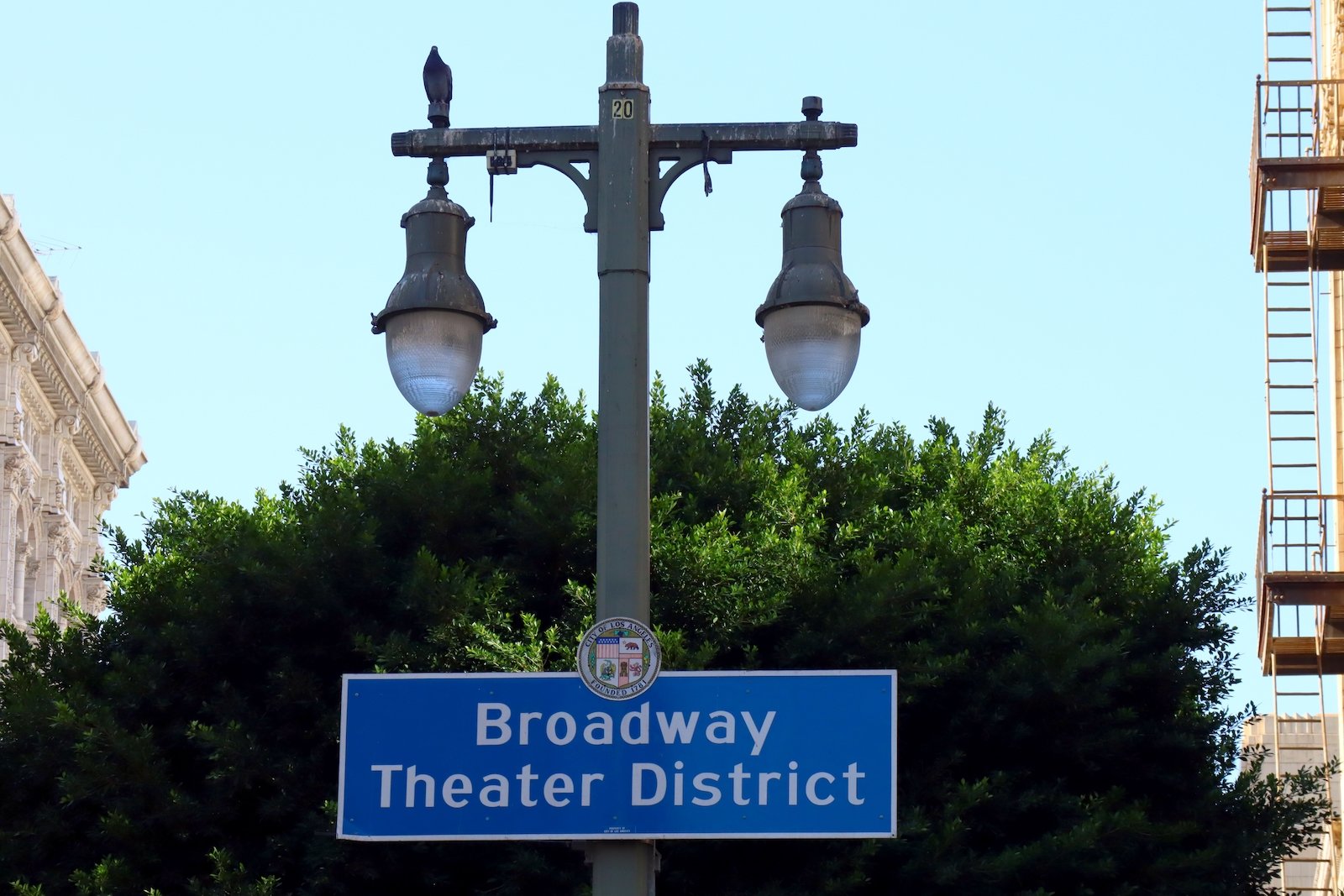
Despite the name, not all Broadway theaters are located on the street called Broadway. “Broadway” refers to a specific type of theater, typically seating 500 or more people. Many of these theaters are located between 41st and 54th Streets along with 6th and 8th Avenues in the Theater District.
The Longest-Running Show
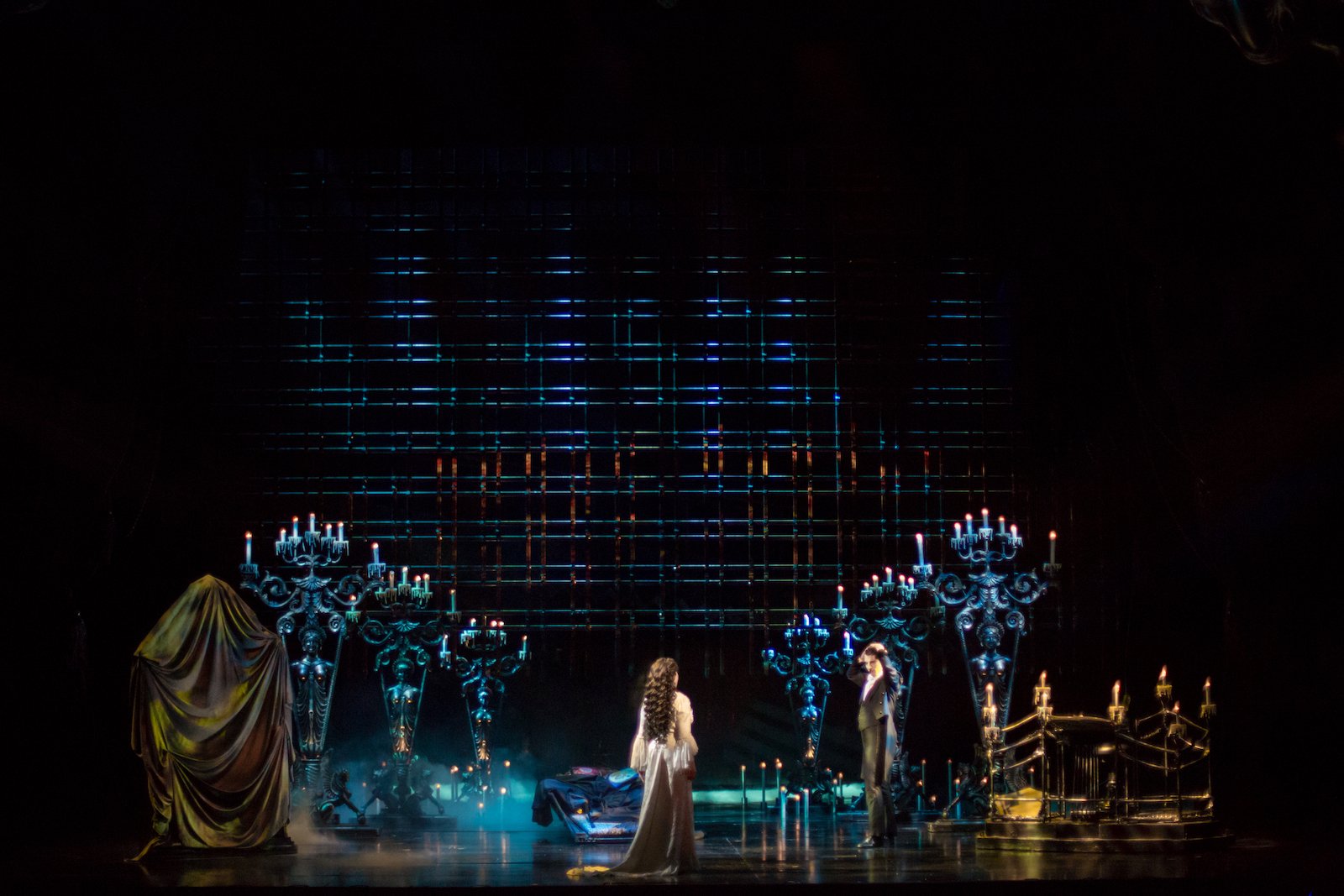
The title of the longest-running show on Broadway goes to The Phantom of the Opera. Premiering in 1988, this Andrew Lloyd Webber masterpiece has been performed over 13,000 times and continues to draw audiences across the globe. It ran for 35 years until its final performance in 2023.
Broadway Wasn’t Always Glamorized
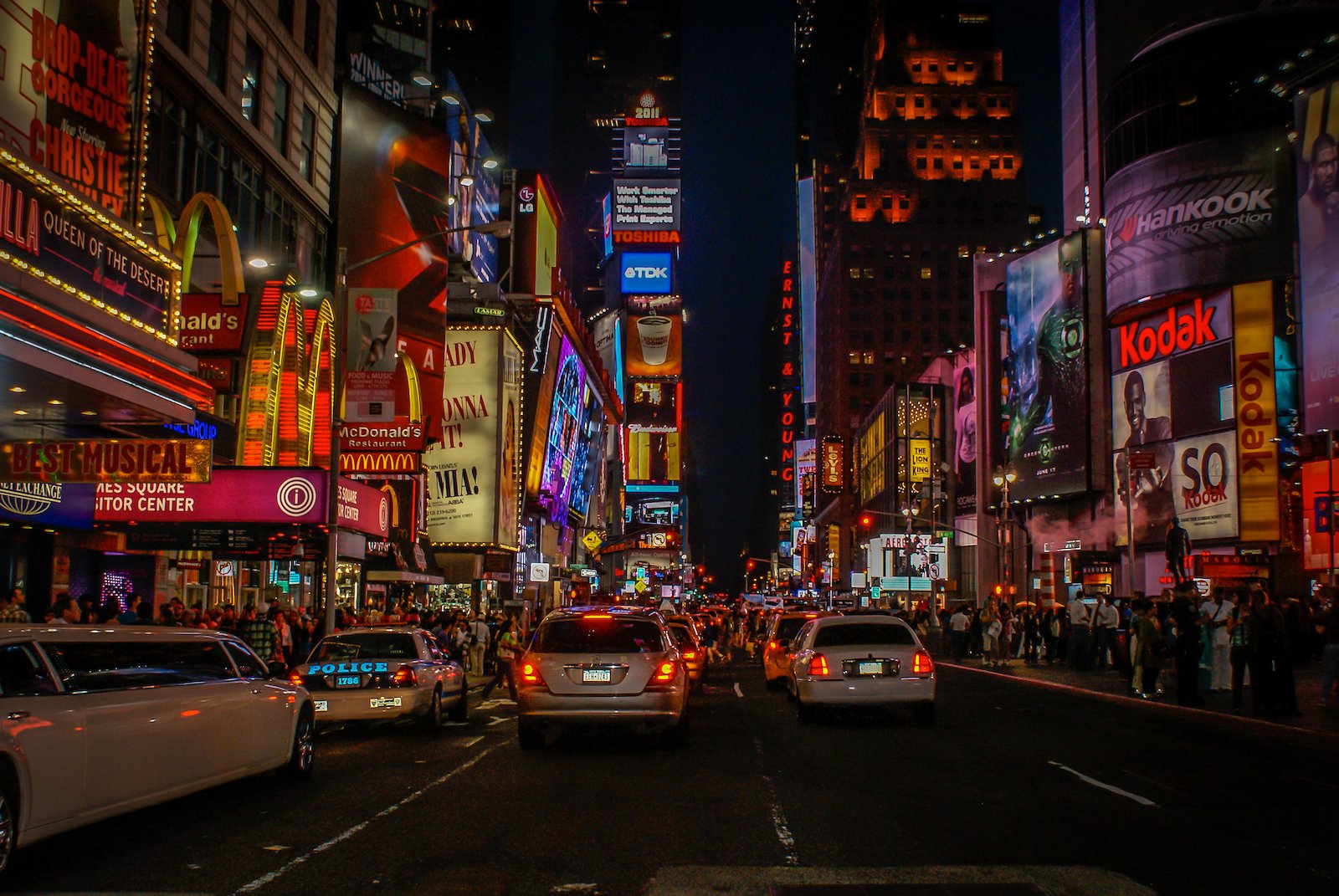
In the early 20th century, Broadway wasn’t the glamorous destination it is today. The area was notorious for crime, and many theaters struggled to stay open. It wasn’t until the 1970s and 1980s, when the city’s efforts to clean up Times Square and the surrounding areas began that Broadway started to transform into the vibrant, safe, and family-friendly destination it is now.
Tickets Were Once Inexpensive

Today, attending a Broadway show can be pricey, with tickets often costing hundreds of dollars. However, in the early days of Broadway, tickets were much more affordable. In the 1960s, you could see a show for $66. The rise in ticket prices can be attributed to the commercialization of the industry, with a greater emphasis on profits and attracting tourists. This has made Broadway tickets a premium commodity.
The Ghost Light Tradition

One of Broadway’s most enduring traditions is using a “ghost light.” After the day’s final performance, a single light is left onstage to ward off ghosts. This tradition has practical origins, as the light ensures that no one accidentally steps off the edge of the stage in the dark. However, many theaters have their own ghost stories, adding to the mystique of this tradition.
Some Theaters Are Haunted
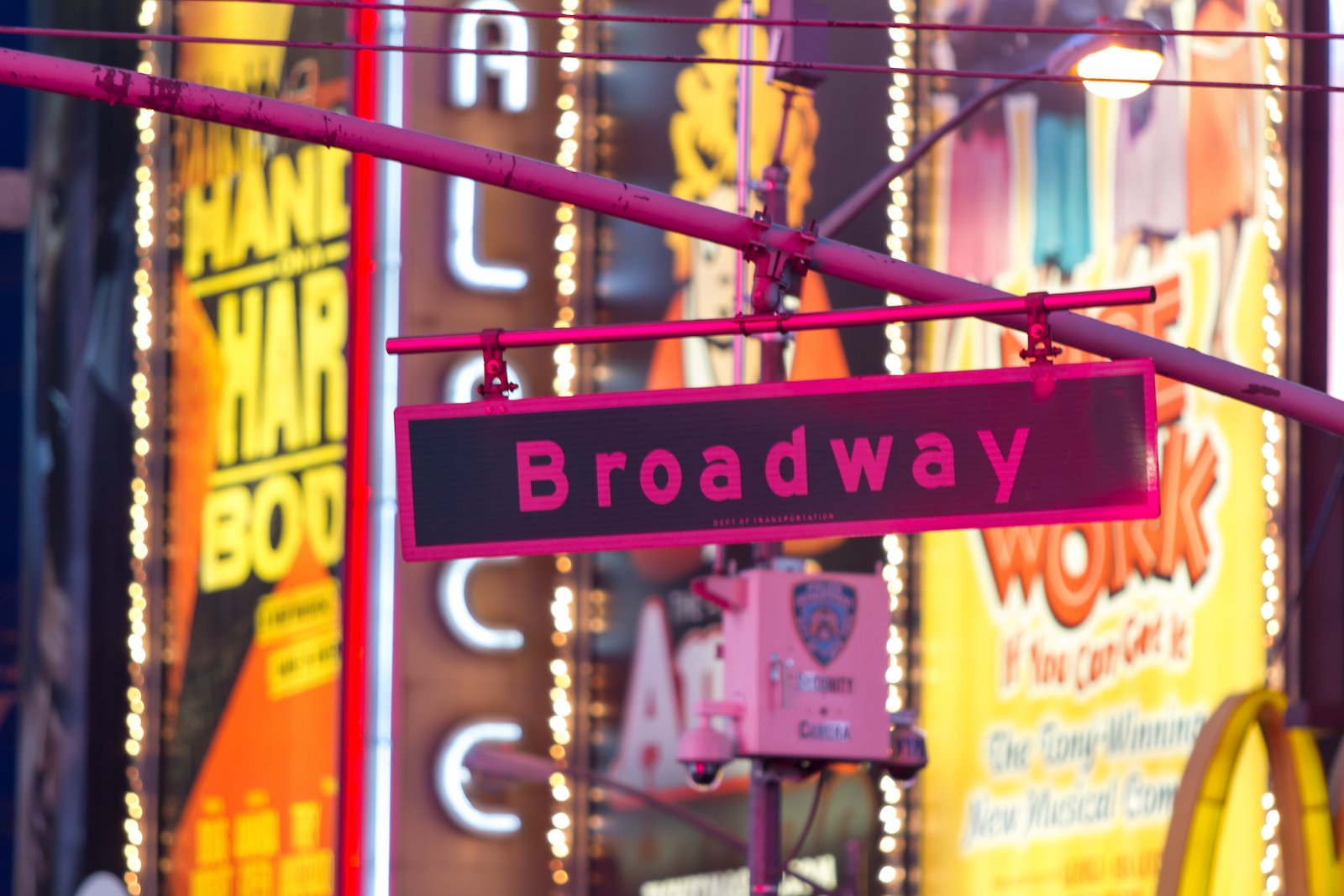
Speaking of ghosts, several Broadway theaters are rumored to be haunted. The Belasco Theatre is the most famous of its kind. The stories of its original owner, David Belasco, persist long after his death. Patrons and staff alike have reported strange noises, flickering lights, and even claiming to see Belasco himself in his old apartment above the theater.
Broadway Ushers Have a Secret Language

Broadway ushers are essential to the smooth running of a show, and they have their secret language to communicate during performances. They use a series of hand signals and subtle gestures that allow them to guide latecomers to their seats, assist patrons discreetly, and maintain order without disrupting the show. It’s an insider skill set that adds to the professionalism of Broadway productions.
The Tony Awards Are Named After a Woman

The Tony Awards, Broadway’s highest honors, are named after Antoinette Perry, an actress, director, producer, and co-founder of the American Theatre Wing. Known as “Tony” to her friends, Perry was a passionate advocate for theater, and the awards were created in her memory after she died in 1946. The first Tony Awards were held in 1947 and have since become one of the most prestigious awards in the entertainment industry.
Huge Economic Drivers
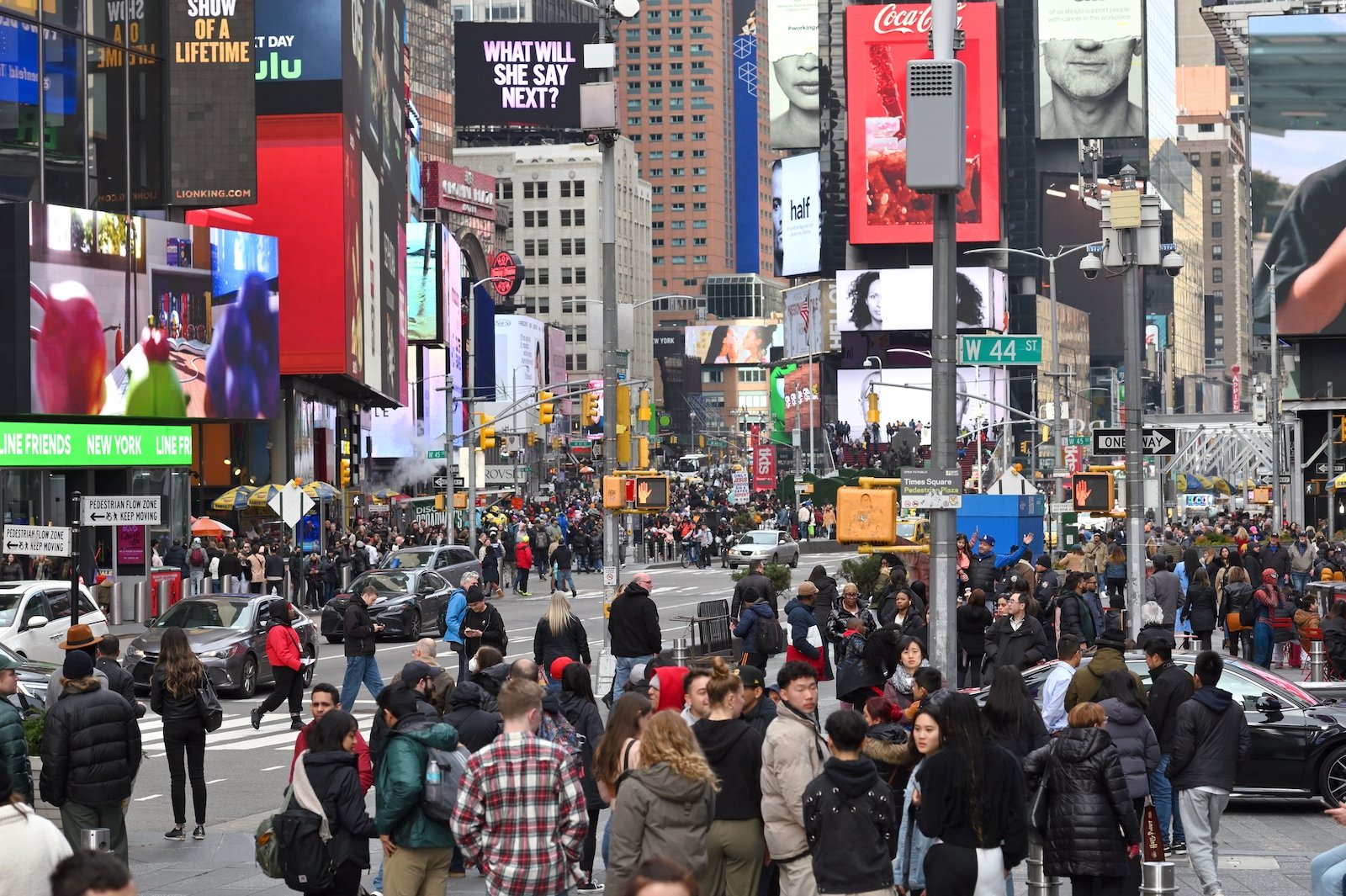
In addition to ticket sales, Broadway generates $14.7 billion annually for New York City’s economy and sustains 96,900 local jobs. These include a diverse range of roles, from the actors and stagehands who bring the shows to life to the marketers, ticket sellers, and hospitality workers who ensure that audiences have a memorable experience. The influx of theatergoers also creates a surge in business for nearby hotels, restaurants, and retail shops.
Secret Broadway Theater
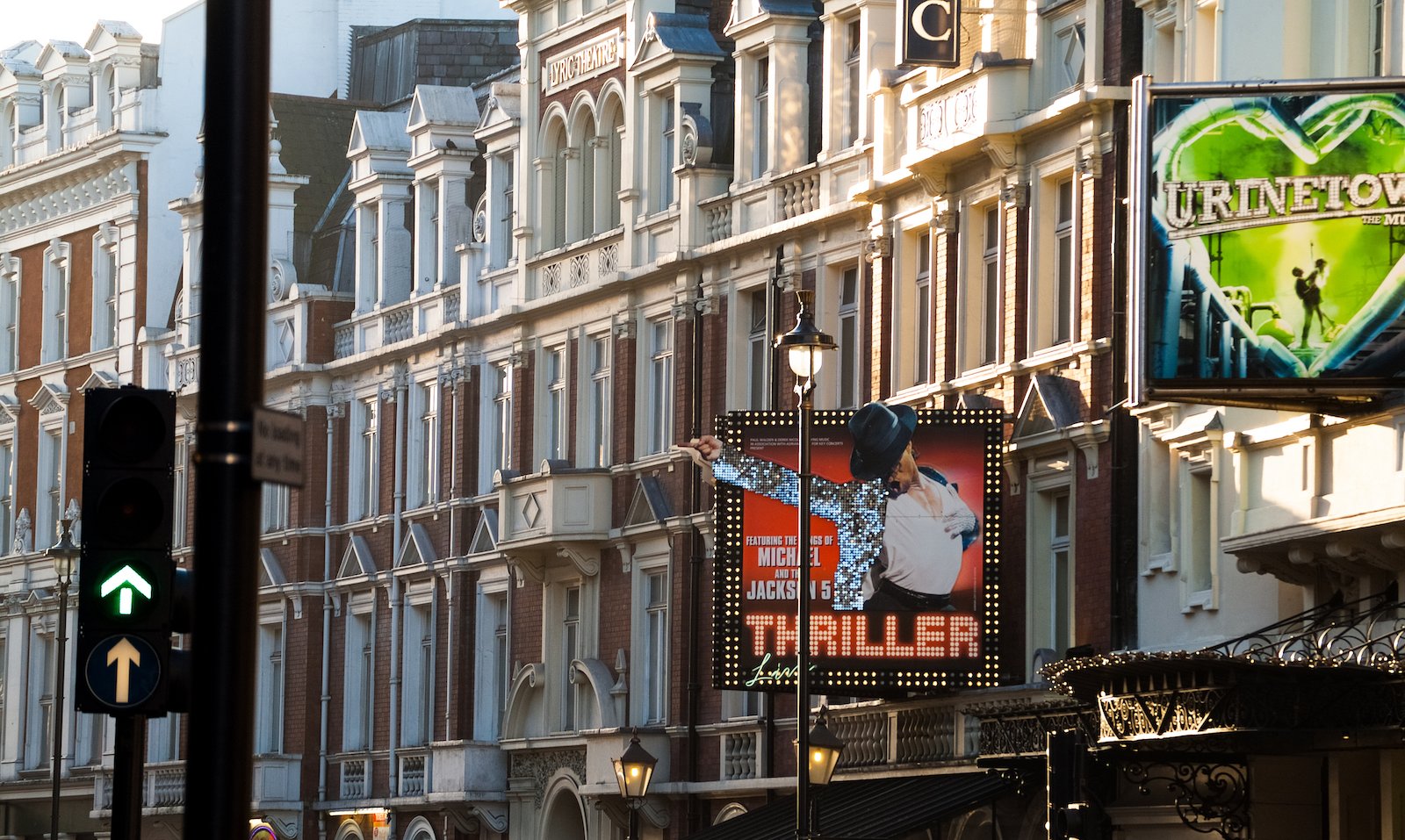
Not all Broadway theaters are well-known. One hidden gem is the Lyric Theatre’s “Upstairs,” a small, intimate venue above the main theater. Originally intended as a rehearsal space, this hidden theater was used for special performances and private events. Its small size makes for a intimate and immersive environment, offering a rare opportunity to experience Broadway in a setting that feels personal and up-close. Its existence is a well-kept secret, even among Broadway regulars.
Some Shows Never Make It to Broadway

For every show that makes it to Broadway, countless others never do. Broadway is known for its rigorous standards, and only some productions can secure a coveted spot. Many shows go through years of development, workshops, and off-Broadway performances before they make a Broadway debut. Some of these productions find success off-Broadway, while others are eventually shelved.
Broadway Marquees Are Regulated

The bright, flashing marquees of Broadway theaters are among New York City’s most iconic images. However, the city strictly regulates these marquees. There are rules about their size, brightness, and even the types of lights that can be used. These regulations aim to maintain the area’s historic character while ensuring safety and visibility.
Not All Broadway Shows Are Musicals
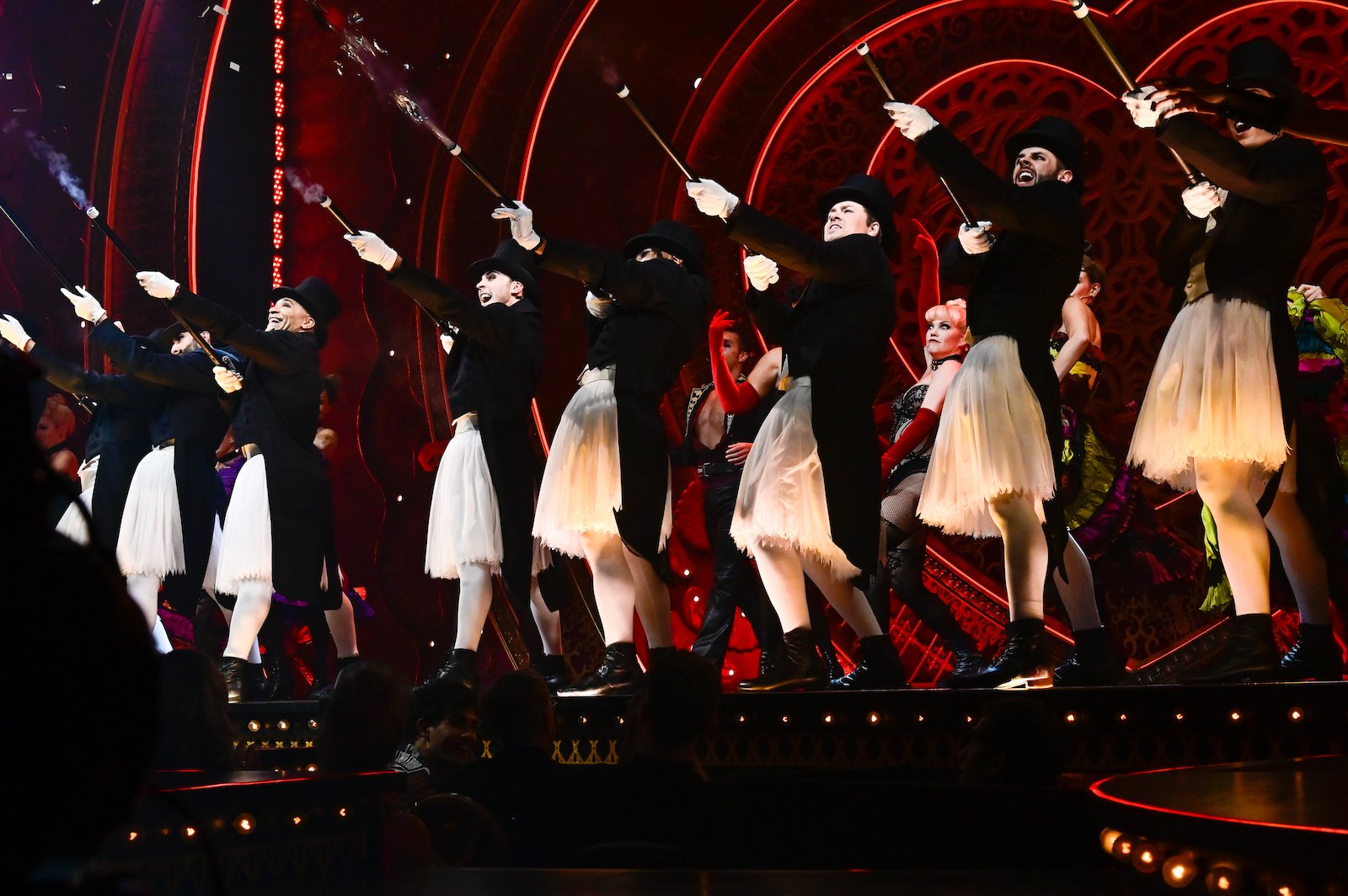
While musicals dominate Broadway, they aren’t the only type of performance you can see. Broadway has a rich tradition of non-musical plays, including dramas, comedies, and revivals of classic works. Some of the most critically acclaimed shows on Broadway in recent years have been straight plays, proving that the spoken word is still a powerful force on the Great White Way.


